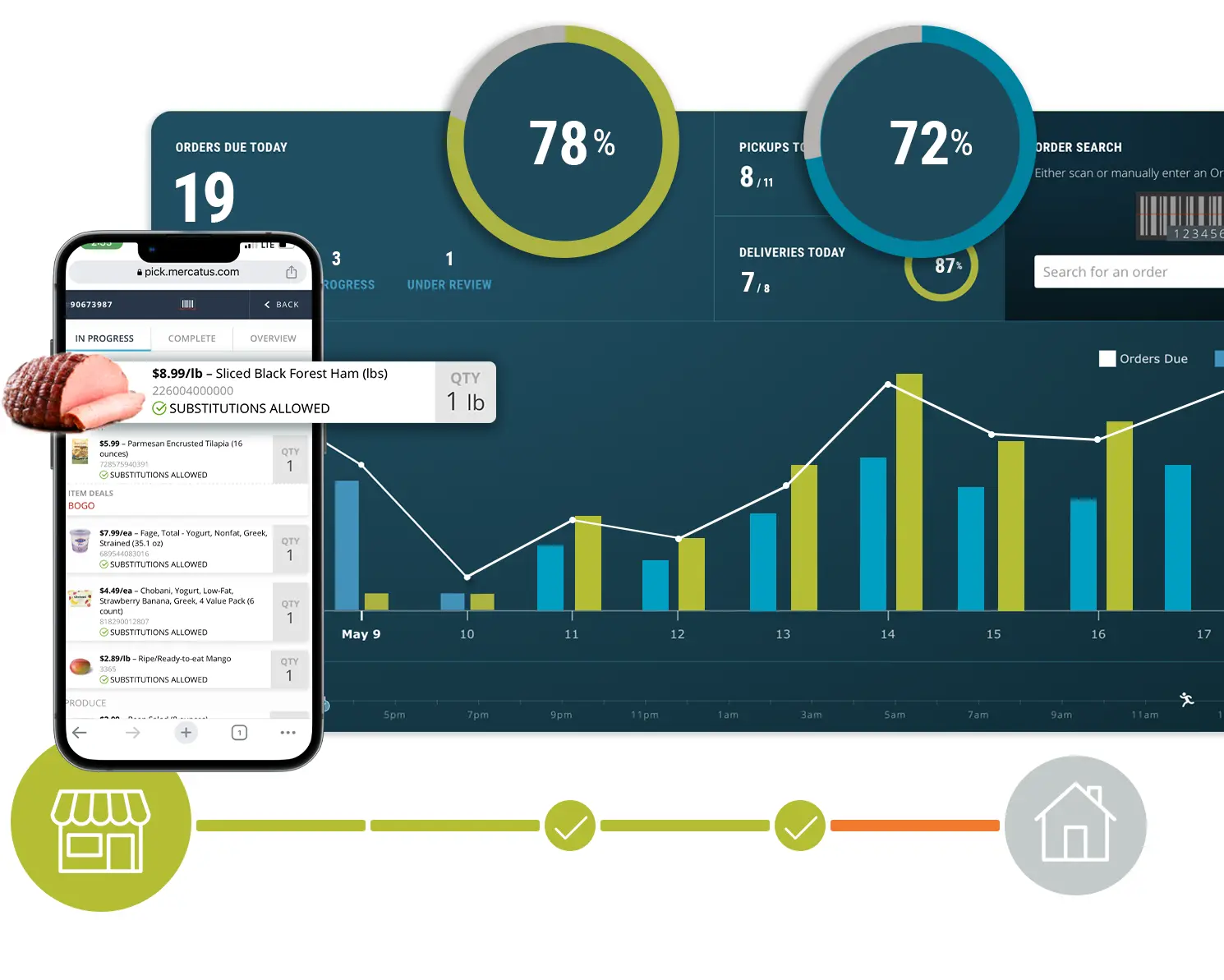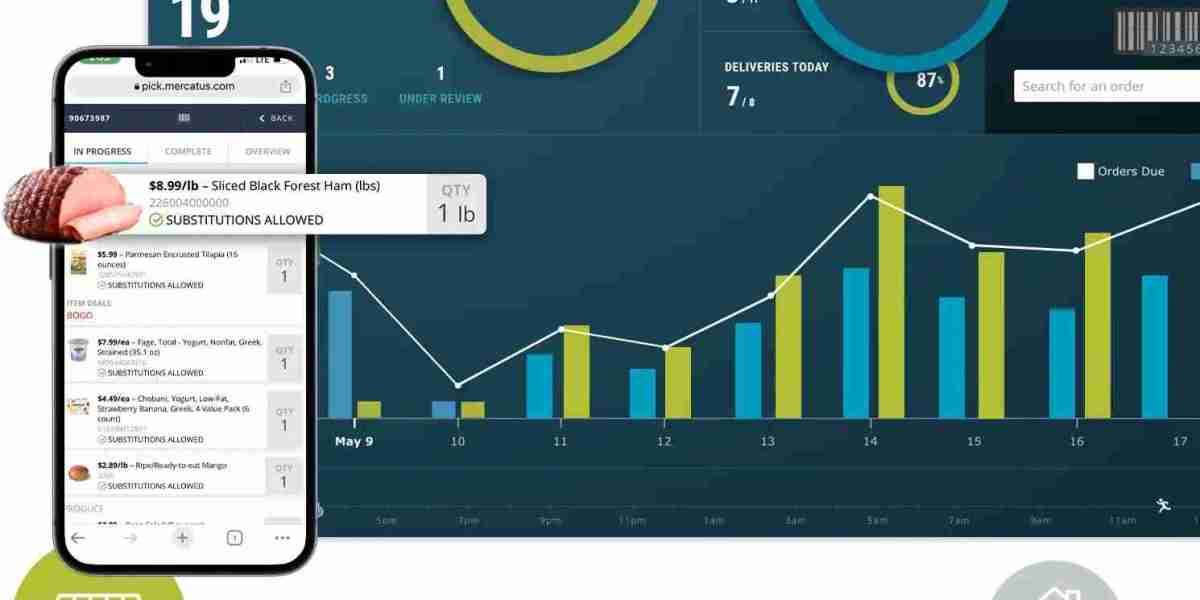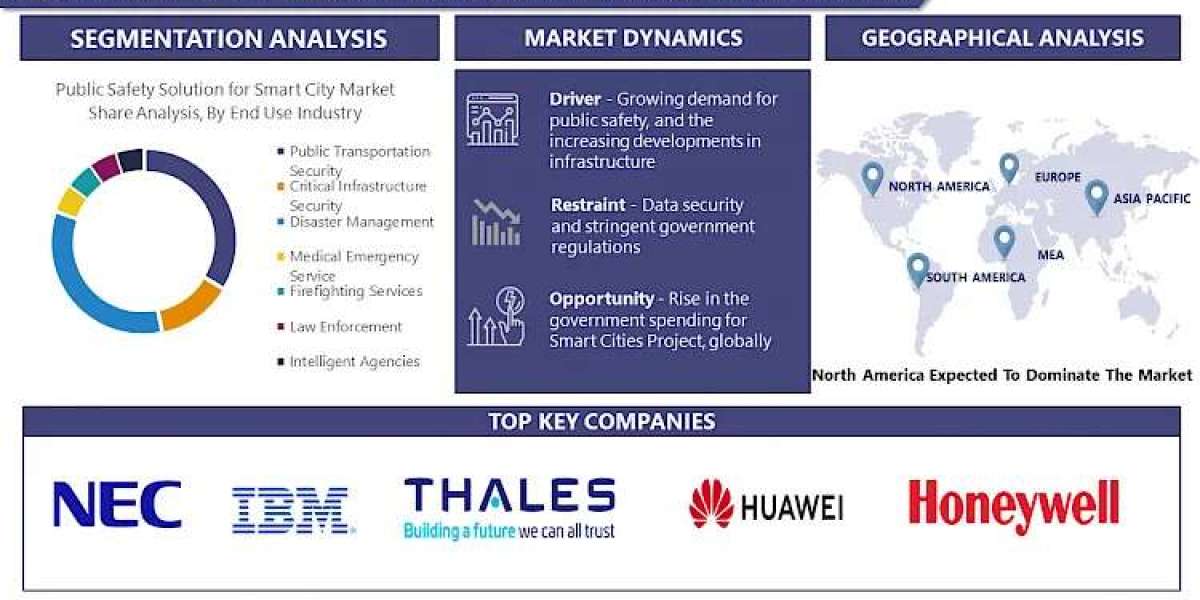Introduction
AI in grocery retail is redefining shopping experiences through unmatched precision and personalization. By integrating artificial intelligence into the retail sector, especially within grocery stores, a new standard for operational efficiency and customer engagement is being established. This advancement transcends simple automation to significantly improve inventory management, optimize product availability, and reduce waste, while contributing to the reshaping of the traditional retail landscape.
Moreover, the ability of AI to personalize customer experiences is elevating the shopping journey. Through tailored product recommendations and adaptive pricing models, AI customizes each interaction based on individual shopper preferences and past behaviors. This move from a generic approach to a tailored shopping experience highlights the significant impact of AI in grocery retail, laying the foundation for a a future where technology further enhances service delivery for optimal satisfaction and operational efficiency.
How AI Is Transforming Grocery Retail
The integration of AI in grocery retail marks a significant shift toward more efficient and personalized shopping environments. This technology is reshaping key operational aspects of the grocery sector, streamlining processes, and enhancing customer experiences in profound ways.
Inventory Management
AI's role in inventory management is transforming grocery retail's foundational operations. By enabling precise forecasting and automated restocking, AI helps maintain optimal inventory levels, effectively reducing waste and ensuring products are readily available.

- Demand Forecasting: Through analysis of historical sales data and trends, AI predicts future demand accurately, allowing for timely inventory adjustments.
- Automated Restocking: Smart algorithms monitor stock levels continuously, placing orders automatically for items that are running low to avoid stockouts.
The impact of AI in this area significantly lowers operational costs and increases customer satisfaction by ensuring that shelves are stocked with the right products at the right time. This approach not only enhances sustainability but also meets the dynamic demands of today’s shoppers.
Customer Personalization
AI is elevating customer service in grocery retail by providing shopping experiences tailored to individual preferences and habits.

- Marketing Customization: AI utilizes customer data to craft personalized marketing messages and promotions, increasing their relevance and impact.
- Behavioral Insights: Through detailed analysis of shopping patterns, AI enables stores to offer recommendations and deals that are specifically aligned with each customer's preferences.
This personalized engagement enhances customer loyalty and encourages repeat business by making shoppers feel uniquely understood and catered to.
Checkout and Payment Processes
AI is refining checkout and payment processes in grocery retail, offering quicker and more convenient ways for customers to complete their transactions, thereby enhancing the shopping experience.
- Self-Service Innovation: AI-driven kiosks and mobile payment solutions accelerate the checkout process, reducing the need for customers to wait in traditional lines.
- Smart Cart Technology: Smart carts, equipped with AI, allow for real-time item scanning and tallying, enabling instant checkout and payment.
These technological advancements modernize the grocery shopping experience, reducing checkout delays and enabling a smoother, more enjoyable journey for customers.
Supply Chain Optimization
Beyond the retail floor, AI is improving the supply chain's efficiency, from predictive ordering to automated warehousing, ensuring operations are as streamlined and responsive as possible.
- Logistics Forecasting: With predictive analytics, AI ensures grocery stores order just the right amount of stock, optimizing inventory levels and minimizing waste.
- Automation in Warehousing: In warehouses, AI-driven robots optimize sorting, packing, and dispatching processes, enhancing speed and accuracy.
Improving supply chain operations, AI not only reduces operational expenses but also guarantees that customers have access to the freshest possible products.
The implementation of AI in grocery retail is ushering in an era of enhanced efficiency, customer satisfaction, and operational flexibility. As AI technology continues to advance, its role in shaping grocery retail's future becomes increasingly central, promising new possibilities for retailers and consumers alike.
The Role of Machine Learning in Grocery Inventory Management
Machine learning is dramatically enhancing grocery inventory management. By analyzing vast amounts of data, machine learning algorithms can predict demand, optimize stock levels, and reduce waste, thereby streamlining the entire supply chain.
Demand Prediction
Machine learning excels in forecasting demand for various products. By analyzing historical sales data, seasonal trends, and even current events, these algorithms can predict future sales with remarkable accuracy.
- Sales Trend Analysis: Machine learning evaluates past sales patterns to forecast future demand.
- Seasonal Adjustments: Algorithms adjust inventory levels based on seasonal demand fluctuations.
- Event-driven Predictions: Special events or promotions are factored into demand predictions, ensuring stores are prepared for increased customer traffic.
This predictive capability allows grocery stores to maintain optimal stock levels, ensuring they can meet customer demand without overstocking or facing shortages.
Waste Reduction
One of the critical advantages of machine learning in inventory management is its ability to significantly reduce waste. By accurately predicting demand, stores can avoid over ordering perishable items, which is crucial for sustainability efforts.
- Perishable Goods Management: Predictive models specifically designed for perishables ensure that ordering quantities are closely aligned with actual demand.
- Dynamic Pricing Strategies: Machine learning can also suggest dynamic pricing strategies to move products faster before they expire.
Through these approaches, grocery stores can minimize food waste, contributing to more sustainable operations and reducing environmental impact.
Supply Chain Optimization
Machine learning algorithms optimize the supply chain by improving the accuracy of demand forecasts and enhancing the efficiency of restocking processes.
- Automated Ordering Systems: Machine learning automates the ordering process, ensuring timely replenishment of stock.
- Supplier Performance Analysis: Algorithms analyze supplier reliability and performance, helping stores choose the best partners for their supply chain.
This level of supply chain optimization ensures that grocery stores operate more efficiently, with reduced operational costs and improved product availability for customers.
Machine learning is transforming grocery inventory management by enabling more accurate demand forecasting, reducing waste, and optimizing the supply chain. These improvements not only enhance the efficiency of grocery retail operations but also contribute to a better shopping experience for customers.
Enhancing Customer Experience Through AI
The use of AI in grocery retail is significantly altering the customer shopping journey, providing personalized interactions and efficient services that cater to the unique preferences of each shopper. This advanced technology is key to making the grocery shopping experience more tailored and responsive.

AI-driven Personalization
AI-driven personalization is a critical element in enhancing customer experiences within grocery stores. Through the analysis of individual shopping behaviors, preferences, and purchase histories, AI enables stores to offer personalized product suggestions and promotions.
- Customized Product Recommendations: AI algorithms analyze past purchases to recommend products tailored to a customer's specific preferences.
- Personalized Marketing Campaigns: Marketing messages and promotions are customized using AI, ensuring customers receive offers that are most relevant to them.
This level of customization not only increases customer satisfaction but also encourages loyalty by making each shopping experience more relevant and streamlined.
Customer Interaction through Chatbots
Chatbots empowered by AI are transforming customer service in the grocery industry. These digital assistants offer instant responses to a range of customer questions, from store operating hours to product locations, improving the efficiency of customer service.
- 24/7 Customer Service: AI chatbots are available at any time, providing consistent support to customers whenever needed.
- Instant Query Resolution: Chatbots quickly provide information on product availability and other inquiries, significantly enhancing customer satisfaction.
AI chatbots enhance the customer service experience by ensuring queries are resolved swiftly, contributing to a smoother and more enjoyable shopping experience.
Improving the Shopping Experience
Overall, AI in grocery retail plays a pivotal role in elevating the entire shopping experience. From personalized product recommendations to streamlined checkout processes, AI ensures every aspect of shopping is efficient and customer-centric.
- Smart Shopping Assistants: AI applications within the store assist customers in managing their shopping lists and finding products effortlessly.
- Efficient Checkout Solutions: Technologies like self-checkout systems, powered by AI, minimize wait times, streamlining the payment process for greater convenience.
The introduction of AI technologies in grocery retail is enhancing not just the efficiency of shopping but also the quality of customer interactions. By delivering personalized recommendations, providing efficient customer service through chatbots, and offering seamless shopping processes, AI is central to creating a satisfying and enjoyable shopping experience for every customer.
Predictive Analytics: Forecasting Demand and Trends
Predictive analytics is a pivotal component of AI in grocery retail, transforming inventory management and enhancing the ability to forecast customer demand with precision. This approach leverages vast amounts of data to make informed decisions, optimizing the supply chain and aligning product offerings with consumer expectations more accurately.
Demand Forecasting
Predictive analytics is crucial for accurately forecasting demand in grocery retail, ensuring that stores are well-equipped to meet customer needs without the risk of excess inventory or shortages.
- Historical Sales Data Analysis: This involves examining past sales to identify patterns that can predict future buying trends, helping stores prepare for expected demand.
- Real-Time Data Utilization: The use of up-to-the-minute data allows for adjustments in demand forecasting, taking into account current shopping trends, weather conditions, and even social events that might affect buying behavior.
Accurate demand forecasting through predictive analytics significantly enhances inventory management, ensuring that stores can respond proactively to customer needs while maintaining operational efficiency and minimizing waste.
Trend Analysis
Predictive analytics extends its utility to trend analysis, offering valuable insights into consumer behavior and product popularity, thus enabling grocery stores to stay ahead of market trends.
- Consumer Behavior Insights: By analyzing data on customer purchases and interactions, predictive analytics uncover trends in consumer preferences, helping stores tailor their product offerings.
- Product Popularity Tracking: Keeping a pulse on which products are gaining traction and which are declining allows stores to adjust their stock levels accordingly, ensuring they capitalize on emerging trends.
Utilizing predictive analytics for trend analysis empowers grocery retailers to dynamically adjust their strategies, ensuring they remain relevant and competitive by catering to evolving consumer tastes.
Data-Driven Decisions
The strategic application of predictive analytics in grocery retail facilitates data-driven decision-making, optimizing various aspects of store operations from inventory management to supply chain logistics.
- Inventory Optimization: Leveraging predictive models to guide inventory decisions helps stores avoid common pitfalls such as overstocking and understocking, thereby reducing financial risk and waste.
- Supply Chain Adjustments: Insights derived from predictive analytics can lead to improvements in supply chain management, enhancing efficiency from procurement to product distribution.
The use of predictive analytics alongside AI in grocery retail leads to decision-making processes that ensure operations are not just reactive but proactively aligned with anticipated market demands and consumer preferences. This strategic use of data not only streamlines operations but also significantly improves the customer shopping experience by ensuring that the right products are available when and where they are needed.
The Future of Grocery Shopping with AI
The integration of Artificial Intelligence (AI) into grocery retail is setting the stage for a future where shopping is more intuitive, efficient, and personalized than ever before. As technology evolves, AI in grocery retail is expected to bring about transformative changes in how we shop for groceries, making the experience more seamless and tailored to individual preferences.
Checkout-Free Shopping
One of the most anticipated advancements powered by AI in grocery retail is checkout-free shopping. This technology promises to eliminate the need for traditional checkout lines, offering a smoother shopping experience.
- Automated Payment Systems: Advanced AI algorithms can track what shoppers add to their carts and automatically charge their accounts, allowing for a walk-out shopping experience.
- Real-Time Inventory Management: This technology also aids in real-time inventory tracking, ensuring shelves are restocked promptly and accurately.
Checkout-free shopping not only speeds up the purchasing process but also significantly enhances customer satisfaction by reducing wait times and streamlining the payment process.
Personalized Shopping Assistants
AI is also expected to introduce personalized shopping assistants to the grocery retail sector, further customizing the shopping experience for each customer.
- Tailored Product Recommendations: Based on individual shopping histories and preferences, AI-powered assistants can suggest products that match the shopper's tastes and dietary requirements.
- Smart Shopping Lists: These virtual assistants can help manage shopping lists, reminding customers of items they need and suggesting the best deals available.
Personalized shopping assistants powered by AI will transform grocery shopping into a highly personalized experience, making it easier for customers to find what they need and discover new products that align with their preferences.
Enhanced Supply Chain Efficiency
AI's role in optimizing the supply chain is expected to grow, with predictive analytics and automated systems working together to ensure that the right products are available at the right time.
- Advanced Demand Forecasting: AI will continue to refine demand forecasting, making supply chains more responsive to actual consumer needs.
- Automated Warehousing and Logistics: The use of AI-driven robots and drones for warehousing and delivery processes will further streamline the supply chain, reducing costs and improving efficiency.
The future of grocery shopping with AI looks promising, as technology not only simplifies the shopping process but also makes it more enjoyable and personalized for customers. From checkout-free shopping and personalized shopping assistants to enhanced supply chain efficiency, AI in grocery retail is poised to revolutionize grocery retail, making every shopping trip a seamless, personalized experience.
Conclusion
The impact of AI in grocery retail is undeniable, offering a glimpse into a future where grocery shopping is more efficient, personalized, and satisfying. This technology is revolutionizing inventory management, enhancing customer experiences, and streamlining the supply chain. As AI continues to evolve, its potential to redefine the grocery shopping experience is vast, promising further integration of convenience and technology for shoppers worldwide.
Frequently Asked Questions
How does AI improve the shopping experience in grocery stores?
AI enhances the grocery shopping experience by providing personalized product recommendations, enabling checkout-free purchases, and offering instant customer service through chatbots. These innovations make shopping more convenient, tailored, and efficient for customers.
Can AI in grocery retail reduce food waste?
Yes, AI can significantly reduce food waste by optimizing inventory management. Predictive analytics help stores accurately forecast demand for perishable goods, ensuring they order optimal quantities and reduce excess that could lead to waste.
What are the challenges of implementing AI in grocery stores?
Implementing AI in grocery retail faces challenges such as the high initial investment in technology, the need for data privacy and security measures, and the requirement for employee training on new systems. Additionally, integrating AI with existing retail systems can be complex.
How does AI affect supply chain management in retail?
AI dramatically improves supply chain efficiency in retail by providing accurate demand forecasting, automating warehousing operations, and enhancing logistics planning. This results in more responsive supply chains that can adapt to consumer needs quickly and cost-effectively.
What are examples of AI in grocery retail?
Examples of AI in grocery retail include smart inventory management systems, personalized shopping assistants, AI-powered checkout systems, chatbots for customer service, and demand forecasting tools. These technologies are transforming various aspects of the grocery shopping and supply chain processes.



